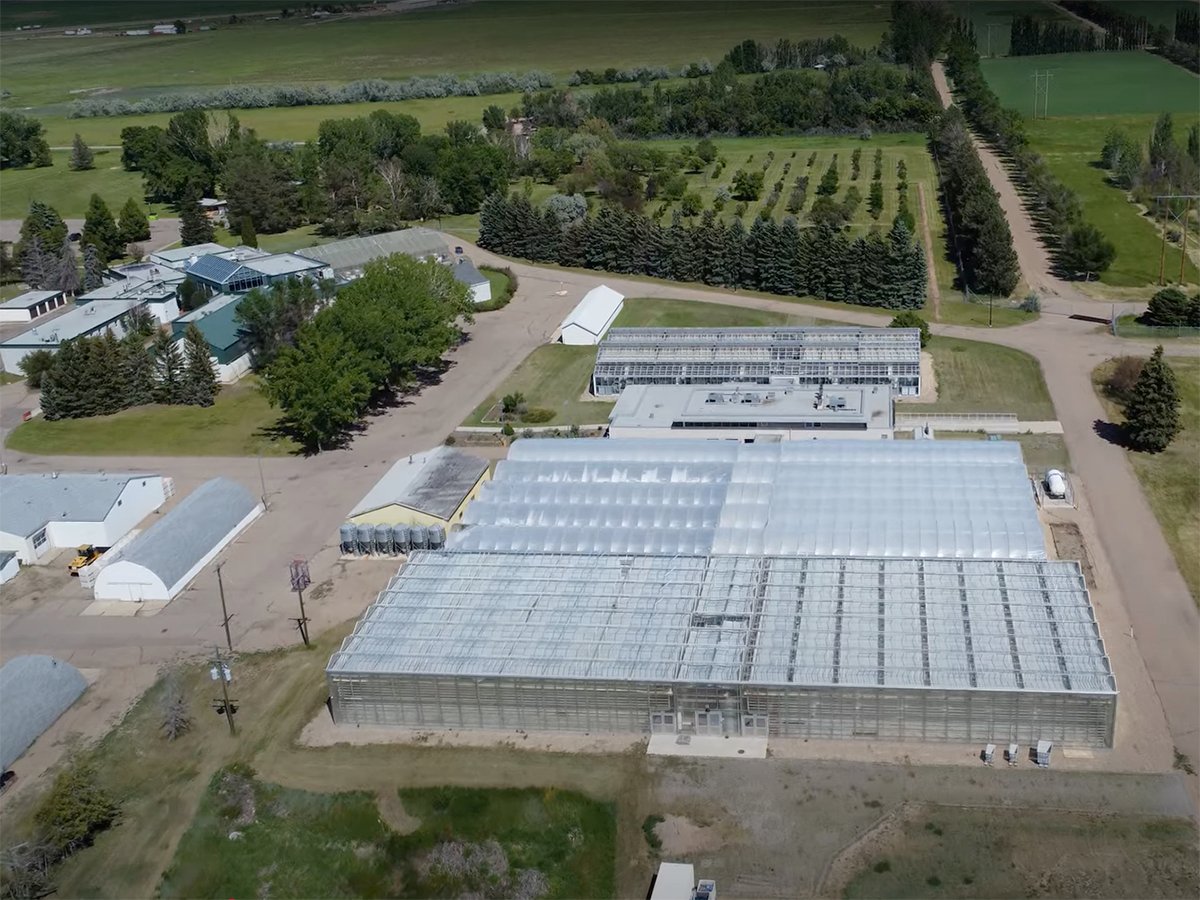During the past few years, peas, lentils, chickpeas and beans have become a more important part of what Canadian farmers grow.
Now, the people involved in growing, researching and marketing the crops want to make sure pulses get their fair share of research funding.
Pulse Canada, a national industry body that has traditionally worked on market issues, has turned its attention to the quality of its product and the research required to improve quality.
The organization has created a new arm called Pulse Canada Research, and last week hired Holly Rask to lead the initiative from an office in Saskatoon’s Innovation Place research park.
Read Also

Alberta crop diversification centres receive funding
$5.2 million of provincial funding pumped into crop diversity research centres
Rask, who has a doctorate in soil science, has worked with the Saskatchewan Canola Growers Association, pulse inoculant research company MicroBio RhizoGen Cor-10-P. and, most recently, Ag-West Biotech.
Pulse Canada Research will work toward raising the profile of the industry in hopes of securing more research money. It will also focus on creating a plan for what research needs to be done, and how that research should be funded.
Lyle Minogue, chair of the new group, said the plan is needed to retain Canada’s position as the world’s leading exporter of pulses, and to improve the prices Canadian pulses attract.
By co-ordinating funding, producers and government bodies will be able to get the maximum return on their investment, said Minogue, who farms at Lacadena, Sask.
Other leaders of the new group are pulse growers Don Hundeby from Alberta, Shawn Buhr from Saskatchewan, Dan Penner from Manitoba and Steve Twynstra from Ontario. Marlene Boersch is representing pulse buyers and exporters on the new group.
Minogue said funding groups won’t pool their research money, but they will use the plan to make better decisions about where the money should go.
This should avoid duplication, which sometimes happens in agronomic pulse research, said Minogue.
Pulse Canada Research will set up technical committees to get direction and guidance on priorities from researchers, he noted.
Campbell Davidson, manager of Agriculture Canada’s Morden Research Centre, said it’s hard to judge the initiative at such a preliminary stage.
He said the concept seems sound, noting that researchers already work together on projects across Western Canada.
Different regions have different requirements, he added. In southern Manitoba, peas can’t be grown back-to-back because of high disease levels. In parts of Saskatchewan, disease conditions are dramatically different.
He agreed that investors should examine the amount of money pulse research gets relative to wheat or canola research.
“The changes seen in pulse crop production are not a flash in the pan,” said Davidson. “It’s long-term.”
In five years, pulses could account for 25 percent of farmers’ plantings, said Minogue – a share equivalent to wheat or oilseeds.
And farmers may be growing pulses for their component parts, such as the starch in lentils.
Pulse Canada Research wants to make governments aware of the growing importance of the crops and the need for more funding.
“Research should lead you to the future of where you want to be, not the past,” said Minogue.
For example, he said the Agriculture Development Fund, a Saskatchewan research funding agency, gives a disproportionately low nine percent of its money to pulse research at the Crop Development Centre.
Rather than redirecting existing funding away from other crops, Pulse Canada Research wants to convince governments to increase research funding across the board, said Minogue.
“Politicians like to send cheques in the mail,” he said. “Farmers, we’re suckers, we go for that.”














